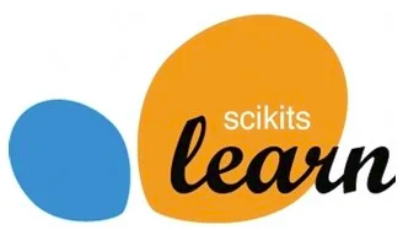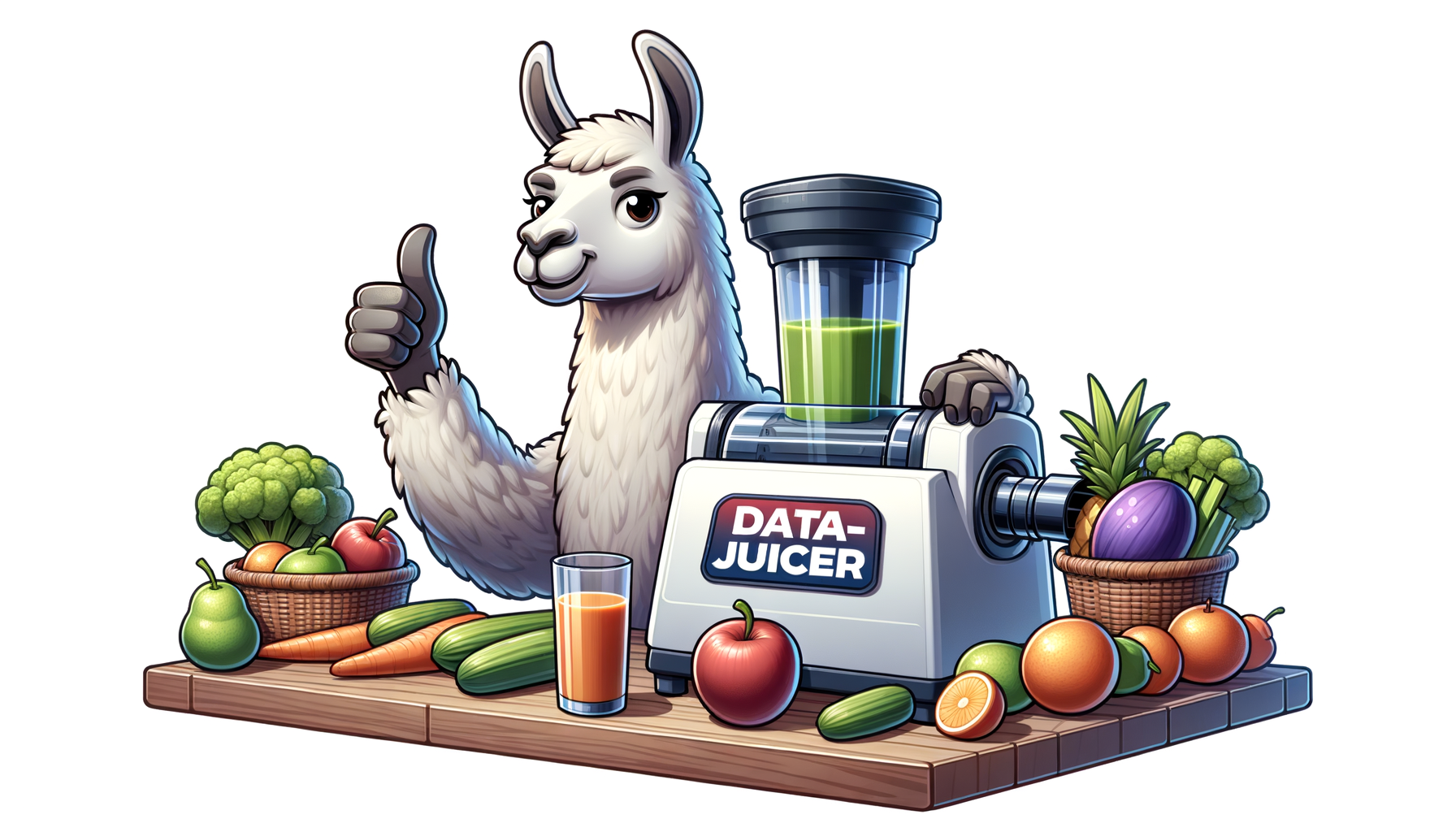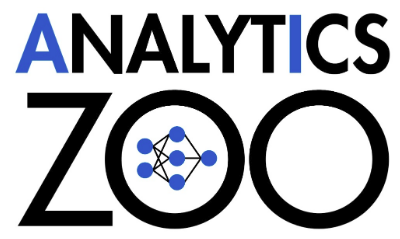The Ray Ecosystem#
This page lists libraries that have integrations with Ray for distributed execution in alphabetical order. It’s easy to add your own integration to this list. Simply open a pull request with a few lines of text, see the dropdown below for more information.
Adding Your Integration
To add an integration add an entry to this file, using the same
grid-item-card directive that the other examples use.


Daft is a high-performance multimodal data engine that provides simple and reliable data processing for any modality - from structured tables to images, audio, video, and embeddings. Built with Python and Rust for modern AI workflows, Daft offers seamless scaling from local to distributed clusters, enabling efficient batch inference, document processing, and multimodal ETL pipelines at scale.


Flambé is a machine learning experimentation framework built to accelerate the entire research life cycle. Flambé’s main objective is to provide a unified interface for prototyping models, running experiments containing complex pipelines, monitoring those experiments in real-time, reporting results, and deploying a final model for inference.


Ludwig is a toolbox that allows users to train and test deep learning models without the need to write code. With Ludwig, you can train a deep learning model on Ray in zero lines of code, automatically leveraging Dask on Ray for data preprocessing, Horovod on Ray for distributed training, and Ray Tune for hyperparameter optimization.


RayDP (“Spark on Ray”) enables you to easily use Spark inside a Ray program. You can use Spark to read the input data, process the data using SQL, Spark DataFrame, or Pandas (via Koalas) API, extract and transform features using Spark MLLib, and use RayDP Estimator API for distributed training on the preprocessed dataset.

![https://img.shields.io/github/stars/komikndr/raylight?style=social)]](https://img.shields.io/github/stars/komikndr/raylight?style=social)])
Raylight is an extension for ComfyUI that enables true multi-GPU capability using XDiT XFuser, and FSDP managed by Ray. It is designed to scale diffusion models efficiently across multiple GPUs. Raylight provides sequence parallelism, and optimized VRAM utilization, making it ideal for large video and image generation models.


Scikit-learn is a free software machine learning library for the Python programming language. It features various classification, regression and clustering algorithms including support vector machines, random forests, gradient boosting, k-means and DBSCAN, and is designed to interoperate with the Python numerical and scientific libraries NumPy and SciPy.


Sematic is an open-source ML pipelining tool written in Python. It enables users to write end-to-end pipelines that can seamlessly transition between your laptop and the cloud, with rich visualizations, traceability, reproducibility, and usability as first-class citizens. This integration enables dynamic allocation of Ray clusters within Sematic pipelines.

![https://img.shields.io/github/stars/rayai-labs/agentic-ray?style=social)]](https://img.shields.io/github/stars/rayai-labs/agentic-ray?style=social)])







































